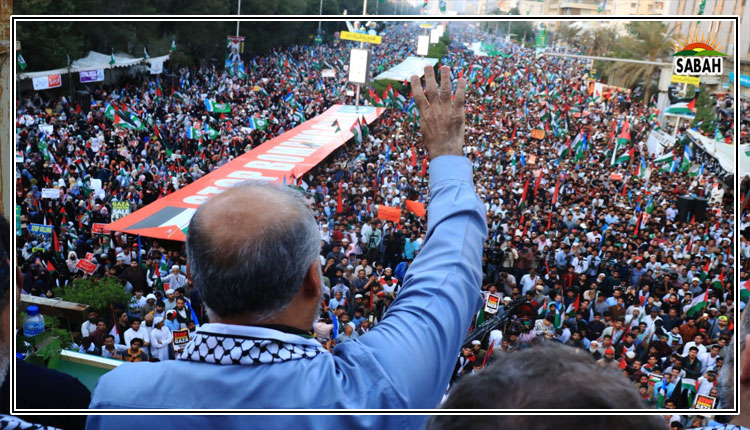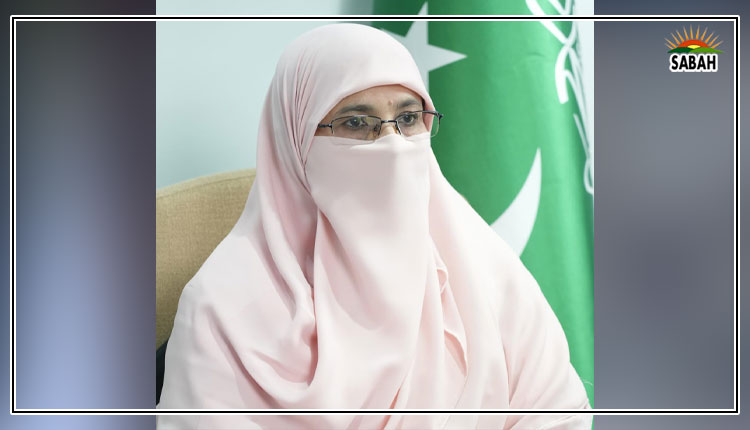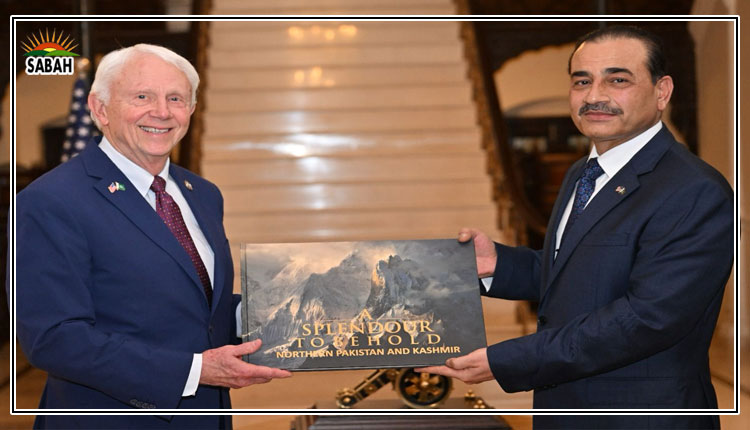A case for Rano…Mahera Omar
A BEAR cub ambles along an alpine meadow dotted with blue forget-me-nots. Her mother keeps a watchful eye on her not far behind. The autumn air is crisp and the grass has a touch of gold, for winter is around the corner. A family of marmots poke their heads out of their burrows at the duo foraging on rose hips, juniper berries, grasshoppers and bees. The mother is fattening up to hibernate in their den for the bitter cold winter months.
At home in the wilderness of the Deosai National Park, the bear cub had a life of freedom ahead of her. But at just seven months of age, she was brutally snatched by poachers and brought to the hot and humid south of Pakistan, to a city by the sea called Karachi. Rano was held captive at a private zoo before the Karachi Metropolitan Corporation acquired her in March 2017. Not having owned bears for 16 years, the Karachi Zoo confined Rano inside a Victorian-era pit that last housed Emma, a Balochistan black bear said to have gone mad in captivity.
With Rano was an Asiatic black bear that died in 2020 after only three years at the zoo. That summer was a particularly hot one, and Ranos suffering in the citys relentless heat did not go unnoticed. A video of her panting while leaning against the wall of the cement pit went viral on social media, as onlookers gawked at her from a height. Concerned citizens filed a petition in the Sindh High Court in hopes of sending Rano to a bear sanctuary. In response, zoo officials shifted her to another cage and installed a water cooler for some days. Five years later, living conditions remain inappropriate for the lone bear of the cold north.
Karachi Zoo is notorious for being a den of cruelty for captive animals, a charge that officials vehemently deny. Even a child can sense its unethical to chain elephants; its unethical to confine majestic wild animals in barren cages with no enrichment. Videos by visitors are a testament to the unnatural behaviours on display by the inmates of Karachi Zoo. Jackals pace furiously, monkeys and olive baboons in solitary isolation lick rusty iron bars, and lions lie around listlessly. Reduced to a mere spectacle and entertainment, pleas to improve the lives of these animals fall on deaf ears. In the last year alone, a fun-land with roller-coaster rides has crept up on the open space next to Rano. A Cafe de Lion sells bun kababs and gol guppas in front of the 1903 dark concrete cage that confines two depressed chimpanzees. A restaurant sells icy blue drinks and biryanis inside the zoos plant nursery.
It is time to retire Rano the bear to Balkasar.
In October 2023, concerned residents of Karachi rallied once again to free Rano from her misery. They gathered peacefully for a silent art protest. Sitting in front of the cage, artists, filmmakers, homemakers, writers, architects, students and animal lovers sketched her from memory, for the zoo management had locked her up. After phone calls in the afternoon from well-wishers to those in the corridors of power, Rano was finally let out. She calmly ambled over to her pool and slid in to cool down. That day, Karachis mayor Murtaza Wahab showed up at the protest, and promised to send her to the sanctuary if she was indeed a Himalayan brown bear. He instructed the zoo director to make a Rano Watch corner, and a sign was promptly put up.
Sixteen months later, Rano can still be seen pacing, now also having to endure excessive noise created by the fun-land. Like her mother, she wouldve spent the winter months hibernating in a snowy region. Denied any opportunity to exhibit natural bear behaviours, Rano displays classic signs of captivity-induced psychosis. She walks back and forth on one spot with just a tree trunk for company. The hard ground beneath her soft paws has worn out.
At the ripe old age of 24, it is time to retire her to Balkasar, the only species-specific bear sanctuary in the country.
In the last years of her life, Rano will feel grass underneath her paws, splash with delight in a pool, wander through natural vegetation, dig the soft soil, climb on wooden structures and maybe munch on a grasshopper or butterfly. Most of all, she would be in the company of others bears rescued from cruel captivity. Perhaps then she would finally be at peace and get some comfort from them. Its the least we can do for a broken animal.
Sindh was the first to introduce laws against bear baiting. It can also be the first in ensuring all captive bears are rehabilitated in sanctuaries.
The writer is a documentary filmmaker and director of the Pakistan Animal Welfare Society (PAWS).
Courtesy Dawn












